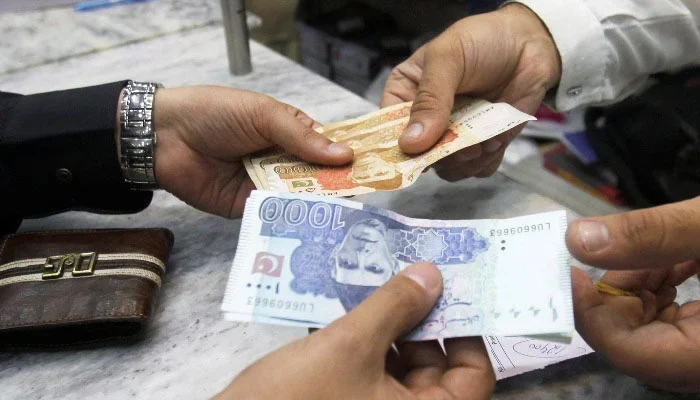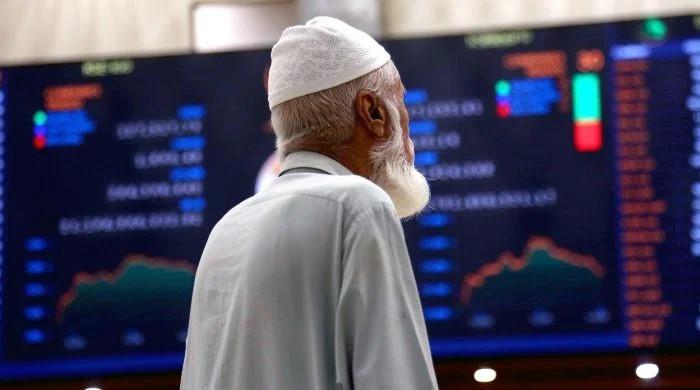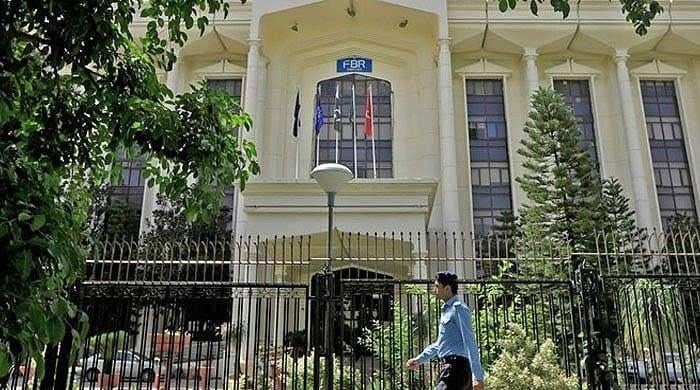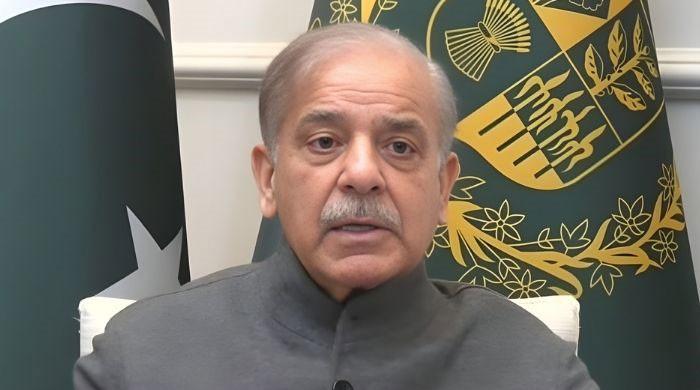Rupee's persistent losses against dollar push local currency near record low
Local unit extends losses on 13th consecutive session; closes at 238.91 in the interbank market after losing Re1
September 20, 2022

- Pakistani rupee registers losses for 13th straight session.
- Local unit loses Re1 and falls to Rs238.91 per dollar.
- Rupee's fall can be attributed to several factors.
KARACHI: The Pakistani rupee slid for the 13th straight session against the US dollar on Tuesday, as despite assurances from the government, the market's perception about the local unit remains undeterred, with deadly floods disrupting economic activity in the country.
The unprecedented floods have killed more than 1,500, affected 33 million people, and led to a hit of at least $18 billion to the economy, which could go as high as $30 billion.
In the interbank market, the local unit lost Re1, or 0.42%, and fell to Rs238.91 per dollar, down in value from the previous close of Rs237.91 against the dollar.
The dollar now stands only Rs1.03 short of the all-time high level of Rs239.94 on July 28, 2022.
The fall can be attributed to several factors, including the ongoing surge in dollar demand from local importers amid the drying dollar reserves of the country, and rising import bills in the wake of the worst floods, among others.
Saad Hashmey, an independent economist, told The News the recent decline in the currency was due to the onset of floods and their detrimental impact on the country's external account as the loss of crops would now need to be bridged through imports amid lacklustre external flows.
“It is highly likely that the rupee will recover as soon as foreign flows materialise, which they will eventually. It should be noted that the country's external funding requirements are fully funded under the IMF (International Monetary Fund) programme,” Hashmey added.
Zafar Paracha, the secretary general of the Exchange Companies Association of Pakistan, said despite major announcements from the government and institutions, the market perceptions about the local unit remain the same.
The government recently announced Saudi Arabia's rollover of $3 billion, and the finance minister reassured the nation of the economy improving in the coming month. Moreover, the IMF resident representative said the money lender will support Pakistan’s reconstruction and relief works. But even such positive news has thus far failed to change the market perception of the local unit.
The open market is also facing a dearth of the US currency. Analysts said investors were still concerned about the impacts of the floods on the economy in general and the external sector in particular. The key problem would be the management of the IMF expectations while finding room for relief and rehabilitation costs.
Speaking to Geo.tv, Pakistan-Kuwait Investment Company Head of Research Samiullah Tariq cited two major reasons behind the downfall of the rupee: import pressure and a severe liquidity crunch.
“The pressure of Peshawar foreign market — led by Afghan trade — is weighing on the local currency as the demand for the greenback is more while supply is less,” he said.
Finance minister says markets to normalise within 20 days
A day earlier, Minister for Finance Miftah Ismail said that the global markets were "jittery" about Pakistan, given the economy had suffered at least $18 billion in losses after the floods, which could go as high as $30 billion.
"Yes, our credit default risk has gone up, and our bond prices have fallen. But, I think within 15 to 20 days, the market will normalise, and I think it will understand that Pakistan is committed to being prudent," he had said.
Pakistan's next big payment — $1 billion in international bonds — is due in December, and Miftah said that payment would "absolutely" be met.
Central bank reserves stand at $8.6 billion, despite the influx of $1.12 billion in IMF funding in late August, which are only enough for about a month of imports. The end-year target was to increase the buffer up to 2.2 months.
Miftah said Pakistan will still be able to increase reserves by up to $4 billion, even if the floods hurt the current account balance by $4 billion in more imports, such as cotton, and a negative impact on exports.
However, he estimated the current account deficit will not increase by more than $2 billion following the floods.









